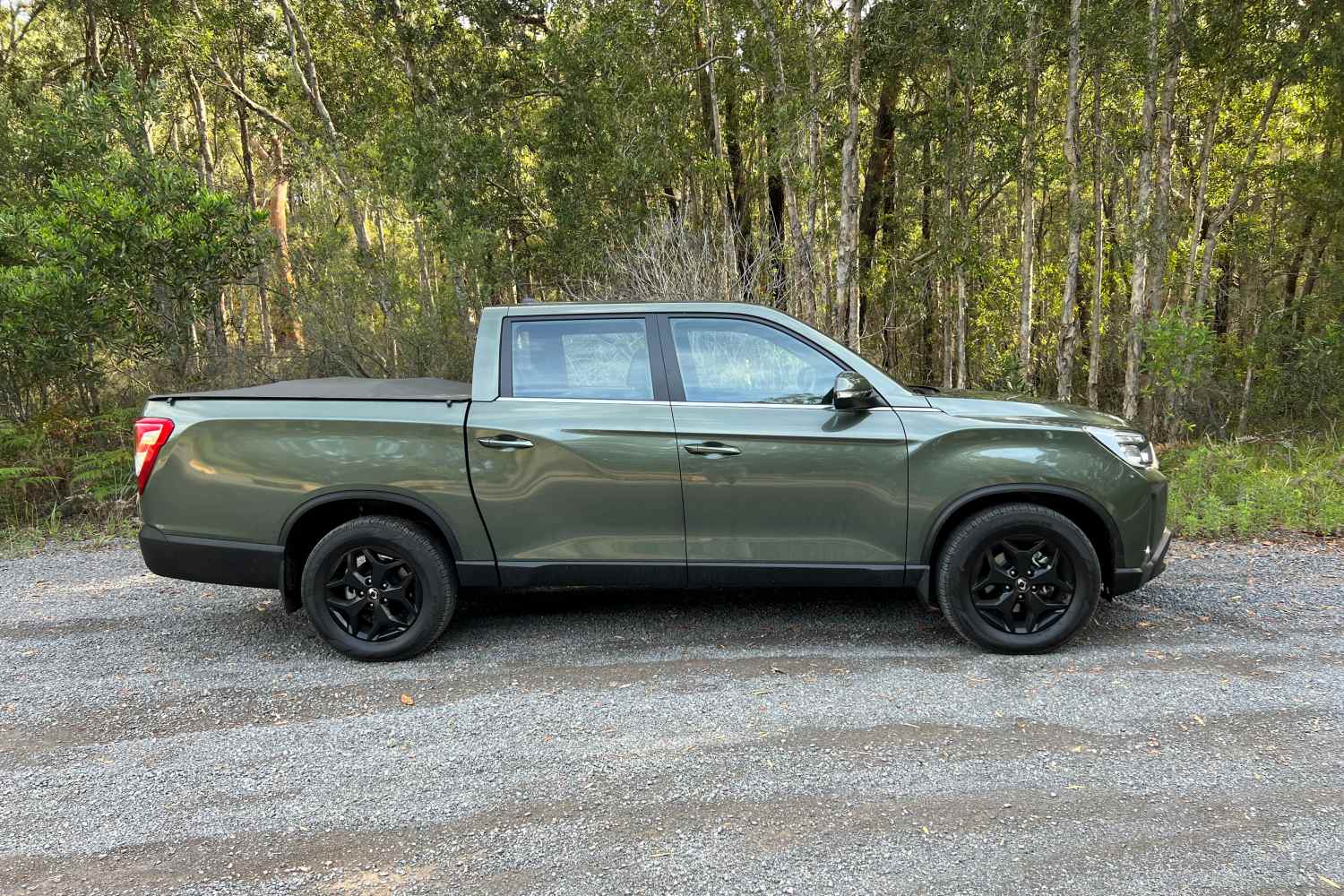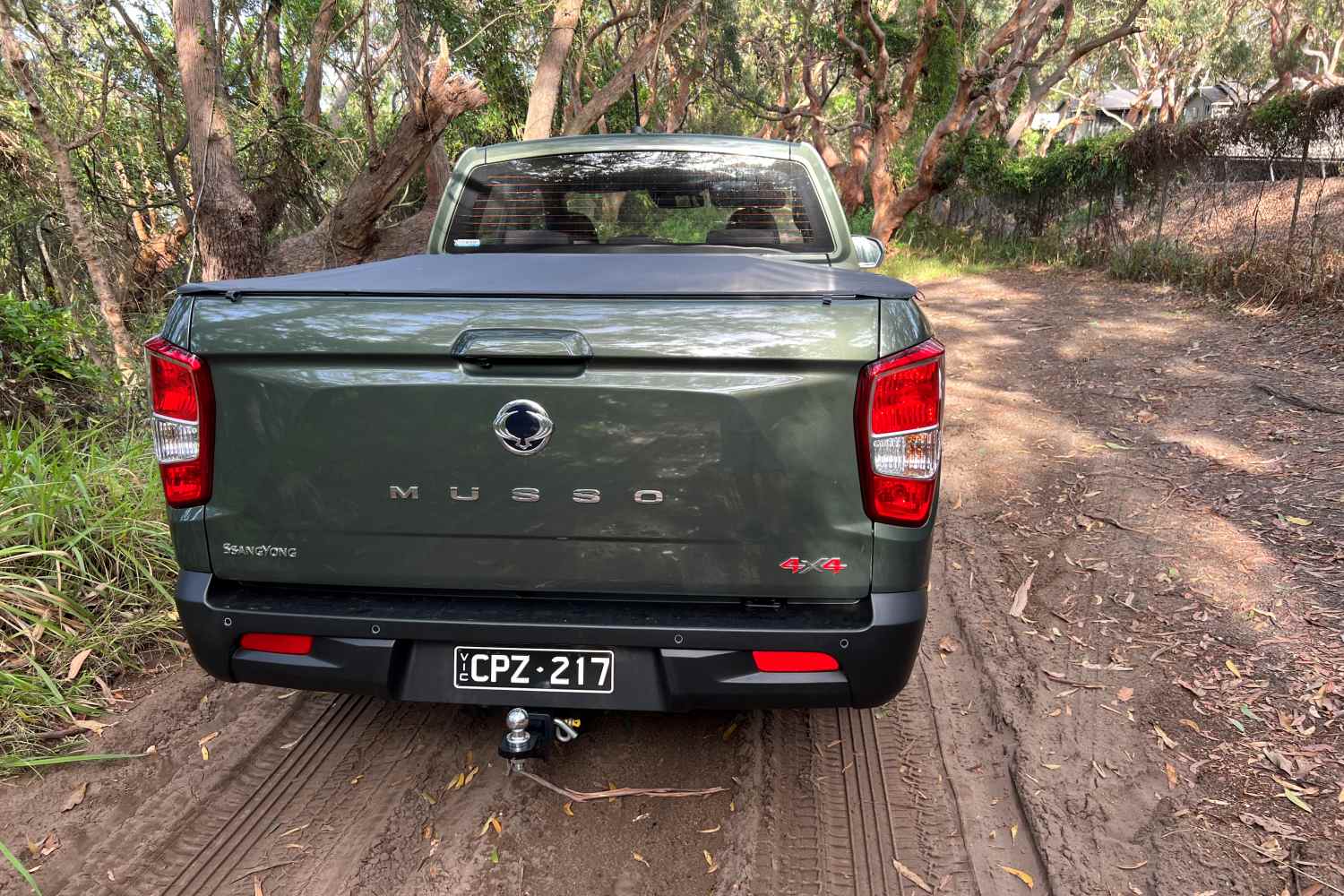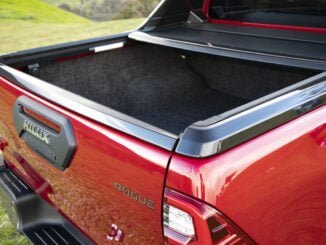Tonneau cover – A Ute is unlike most vehicles due to its versatility and robust design. Depending on your needs, it can be a workhorse, a weekend adventure partner, and sometimes even a mobile storage unit.
If you want to make your Ute even more versatile, consider installing a cover onto the tray.
A well-fitted tonneau cover keeps your gear safe from prying eyes and harsh weather while also giving your Ute a sleek, streamlined look. But here is the thing, if you don’t install it correctly, you might end up with leaks, rattles, or worse, a cover that doesn’t stay put.
Preparing Your Ute Bed for Installation
You wouldn’t put fresh sheets on a dusty mattress, right? The same logic applies here. Before installing your tonneau cover, give the ute bed a thorough clean. Sweep away dirt, wipe down any moisture, and check for any dents or obstructions along the rails. A smooth surface helps the cover seal properly, keeping water and debris away. Also, lay out all the parts and double-check the instructions because no one likes discovering they have missed a step halfway through.
If your Ute has a bed liner, make sure it does not interfere with the cover’s mounting system. Some liners may require minor trimming to ensure a flush fit. Additionally, inspect the rail edges for rust or uneven surfaces that could impact the cover’s seal. Taking the extra time to prep properly will save you headaches down the line.
Aligning and Securing the Cover
This part is all about precision. Position the cover at the front of the ute bed, making sure it sits evenly along both rails. If it is slightly off, don’t force it, try and adjust it until it lines up perfectly. If your cover has clamps, start by loosely attaching them. This gives you some wiggle room to make small tweaks before tightening everything down. For roll-up covers, ensure the tension is just right so it should not be too tight that it is a struggle to close, but not so loose that it sags.
Be mindful of any drainage features on your cover. Some models come with integrated water drainage systems that direct rain away from the bed. Make sure these are correctly aligned to prevent pooling. Double-check that hinges and folding points operate smoothly without obstruction.
Ensuring a Weather-Tight Seal
One of the biggest perks of a tonneau cover is keeping your cargo dry, but a bad seal can undo all that protection. Check the rubber seals along the edges, are they sitting flush against the ute bed? If your cover includes weather stripping, apply it carefully to reinforce the seal. A quick trick to check for leaks? Spray the cover with water and see if any sneaks through. If it does, go back and adjust the seals where needed.
Extreme temperatures can affect the flexibility of the seals. If you are installing the cover in cold weather, warming up the rubber seals with a hairdryer can help them sit more securely. Conversely, in hot weather, avoid overstretching seals, as they may shrink slightly when they cool.
Testing and Adjusting for Optimal Performance
You are almost there, but before you call it a day, run a few tests. Open and close the cover several times to make sure everything moves smoothly. Engage the latches and locks to confirm they are working properly. Then, take your Ute for a short drive. Listen for any unusual noises such as flapping, rattling, or shifting as this means something needs tightening.
If your cover has a locking mechanism, test it multiple times to ensure proper engagement. Check that the cover doesn’t obstruct rear visibility or interfere with tailgate operation. Addressing these minor details ensures you get the best performance from your setup.
Final Thoughts
Installing a tonneau cover is not that challenging, but a little patience and attention to detail go a long way. When done right, you get a setup that not only protects your cargo but also enhances your Ute’s look and efficiency. So, take your time, follow the steps, and enjoy the benefits of a properly installed cover.



